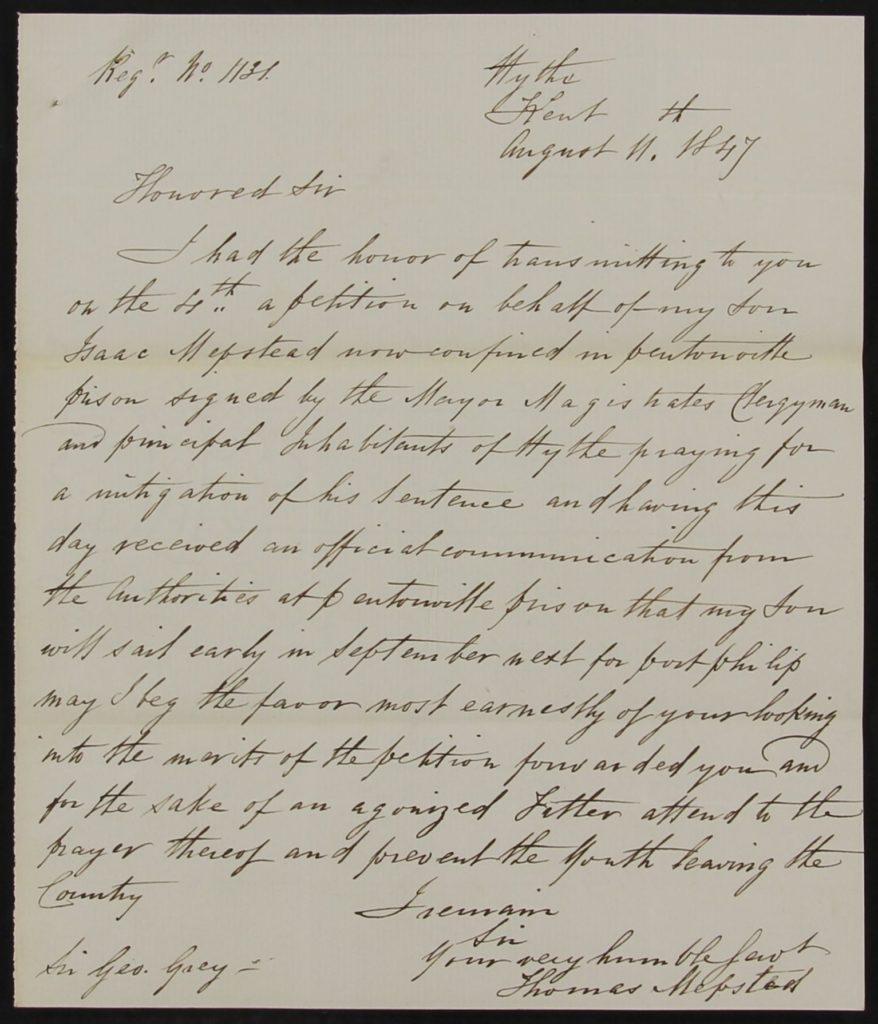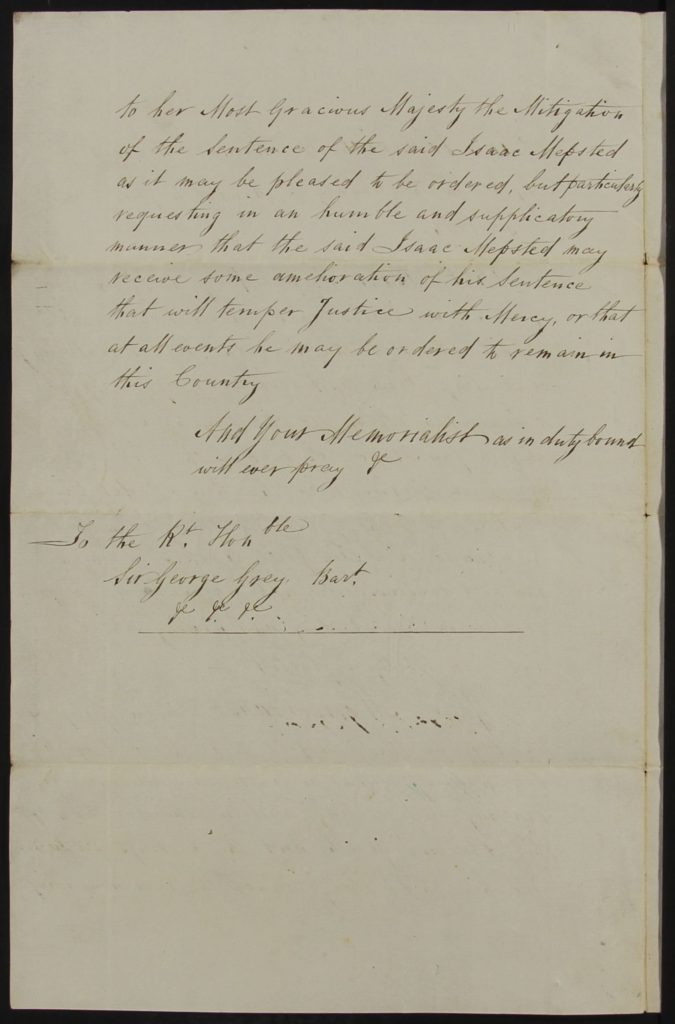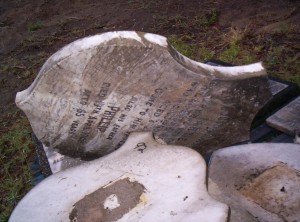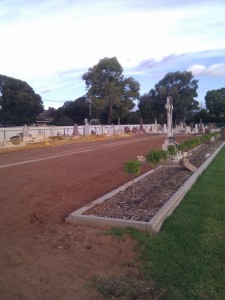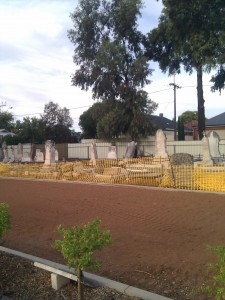William Harding Birchall sits on a distant branch of my family tree. We aren’t blood relatives however when one of his descendants contacted me with a question my interest was piqued. The Birchalls were Quakers and these are the first Quaker records I have come across in my research.
This marriage record is very hard to read so I downloaded it and opened it in the graphics editor I use called GIMP.

Thanks to Tim Banks, a direct descendant, for the certificate. He owns the original which is a large document he has framed and hung above his computer.
Using the automatic white balance feature and adjusting the brightness and contrast made the image readable when enlarged.

This is the transcription:
William Harding Birchall of Leeds in the county of York, Stuff Merchant, son of Edwin Birchall of the same place and occupation, and Elizabeth his wife, and Lucy Hutchinson of Bishop Auckland in the county Palatine of Durham, daughter of the late John Hutchinson of Helmsley in the county of York aforesaid and Hannah his wife, having declared their intention of taking each other in marriage before the Monthly Meeting of Friends, commonly called Quakers, of Darlington in the county of Palatine of Durham aforesaid, the proceedings of the said William Harding Birchall and Lucy Hutchinson, after due inquiry and deliberate consideration thereof, were allowed by the said Meeting, they appearing clear of all others and having consent of surviving Parents.
Now these are to certify that for the accomplishing of their said marriage, this twentieth day of the tenth month in the year one thousand eight hundred and forty one they, the said William Harding Birchall and Lucy Hutchinson appeared at a public assembly of the aforesaid people in their meeting house at Bishop Auckland; and he, the said William Harding Birchall taking the said Lucy Hutchinson by the hand, declared as followeth: “Friends, I take this my friend Lucy Hutchinson to be my wife, promising, through Divine assistance, to be unto her a loving and faithful husband, until it shall please the Lord by death to separate us.” And the said Lucy Hutchinson did then and there in the said assembly, declare as followeth: “Friends, I take this my friend William Harding Birchall to be my husband, promising, through Divine assistance, to be unto him a loving and faithful wife, until it shall please the Lord by death to separate us.”
And the said William Harding Birchall and Lucy Hutchinson, as a further confirmation thereof, and in testimony thereunto, did then and there to these present set their hands.
We being present at the above said marriage have also inscribed our names as witnesses thereunto the day and year above written.
It appears that everyone present at the wedding signed the certificate, at the bottom on the right hand side there is a separate column where relatives have signed.
I love their simple vows, short and sweet. Do you have Quakers in your family? Is this a typical marriage certificate and ceremony?



